Failed assassination attempt on Hitler marked
65 years ago a group of German resistance fighters tried to kill Nazi leader Adolf Hitler, Deutsche Welle reports.
Monday, 20.07.2009.
16:04

65 years ago a group of German resistance fighters tried to kill Nazi leader Adolf Hitler, Deutsche Welle reports. They were immediately executed as traitors after the plot failed, but today Germans commemorate their bravery. Failed assassination attempt on Hitler marked Ceremonies to mark the failed assassination attempt of July 20, 1944, will be held at the Berlin Resistance Memorial Centers at Bendlerblock, seat of the Defense Ministry and a major memorial for the assassination plot, and at Ploetzensee, the former prison where many hundreds of people were executed between 1933 and 1945. In addition, German conscripts take their traditional solemn oath at a swearing-in ceremony in front of the Reichstag building on Monday. Chancellor Angela Merkel and Defense Minister Franz Josef Jung are expected to address the roughly 400 Bundeswehr soldiers of the 3rd and 7th company of the guard, who will then pledge to "faithfully serve the Federal Republic of Germany and to bravely defend the German people's rights and freedom." The ceremonial oath is taken annually on July 20th in commemoration of the conspirators of the failed assassination of Adolf Hitler on that date in 1944. On 6 June, 1944 (D-Day), the Allies had landed in France. Like many German professional military officers, Colonel Claus Schenk Count of Stauffenberg had no doubt that the war was lost. Now was the time to act, he believed that only an armistice could avoid more bloodshed and damage to Germany. He and his co-conspirators tried to kill Adolf Hitler in order to start talks with the Western Allies for an end to World War II. He knew he was committing high treason under German law. On July 20th, 1944, Stauffenberg planted a bomb hidden in a briefcase in Hitler's eastern headquarters Wolfsschanze in Eastern Prussia during a briefing. The bomb exploded, but its impact was broken by a heavy table. Of the 24 people present, four died, but Hitler only received minor injuries. Meanwhile, Stauffenberg had already returned to Berlin. Convinced that the dictator was dead, he put in motion the so-called Operation Valkyrie, a plan originally conceived by the German military to suppress a possible rebellion during World War II which was adopted by the resistance plotters. But the plan failed when it emerged later that evening that Hitler had survived the bomb attack. Among those sentenced to death were Stauffenberg, General Friedrich Olbricht, the head of the group, as well as Albrecht Mertz von Quirnheim and Werner of Haeften. The core group of plotters was executed that night by firing squad in the courtyard of the Bendler Block, then the General Army Office of the Army High Command. Claus Schenk Stauffenberg (Beta/AP)
Failed assassination attempt on Hitler marked
Ceremonies to mark the failed assassination attempt of July 20, 1944, will be held at the Berlin Resistance Memorial Centers at Bendlerblock, seat of the Defense Ministry and a major memorial for the assassination plot, and at Ploetzensee, the former prison where many hundreds of people were executed between 1933 and 1945.In addition, German conscripts take their traditional solemn oath at a swearing-in ceremony in front of the Reichstag building on Monday. Chancellor Angela Merkel and Defense Minister Franz Josef Jung are expected to address the roughly 400 Bundeswehr soldiers of the 3rd and 7th company of the guard, who will then pledge to "faithfully serve the Federal Republic of Germany and to bravely defend the German people's rights and freedom."
The ceremonial oath is taken annually on July 20th in commemoration of the conspirators of the failed assassination of Adolf Hitler on that date in 1944.
On 6 June, 1944 (D-Day), the Allies had landed in France. Like many German professional military officers, Colonel Claus Schenk Count of Stauffenberg had no doubt that the war was lost. Now was the time to act, he believed that only an armistice could avoid more bloodshed and damage to Germany.
He and his co-conspirators tried to kill Adolf Hitler in order to start talks with the Western Allies for an end to World War II. He knew he was committing high treason under German law.
On July 20th, 1944, Stauffenberg planted a bomb hidden in a briefcase in Hitler's eastern headquarters Wolfsschanze in Eastern Prussia during a briefing.
The bomb exploded, but its impact was broken by a heavy table. Of the 24 people present, four died, but Hitler only received minor injuries. Meanwhile, Stauffenberg had already returned to Berlin. Convinced that the dictator was dead, he put in motion the so-called Operation Valkyrie, a plan originally conceived by the German military to suppress a possible rebellion during World War II which was adopted by the resistance plotters.
But the plan failed when it emerged later that evening that Hitler had survived the bomb attack. Among those sentenced to death were Stauffenberg, General Friedrich Olbricht, the head of the group, as well as Albrecht Mertz von Quirnheim and Werner of Haeften. The core group of plotters was executed that night by firing squad in the courtyard of the Bendler Block, then the General Army Office of the Army High Command.




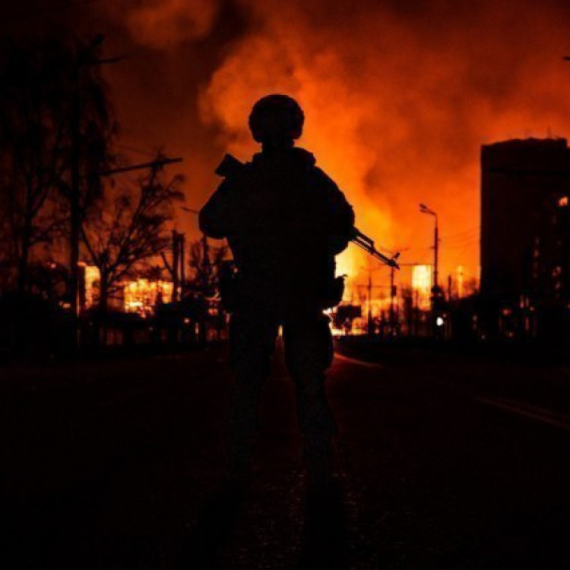










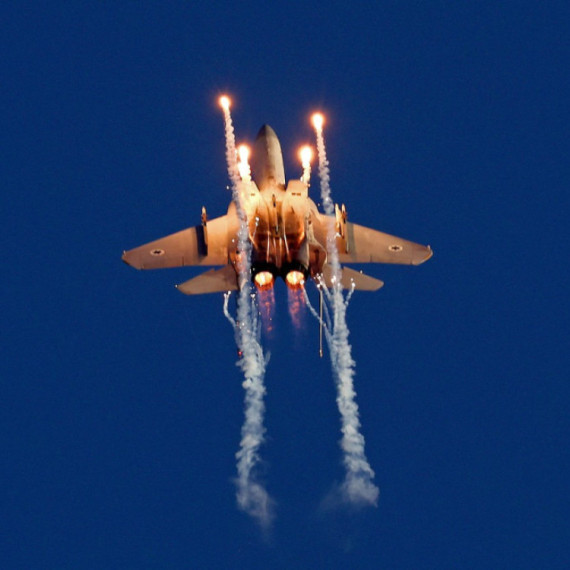

















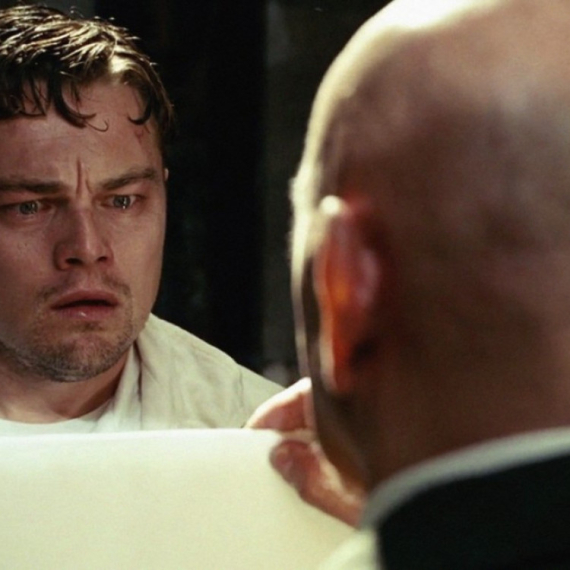







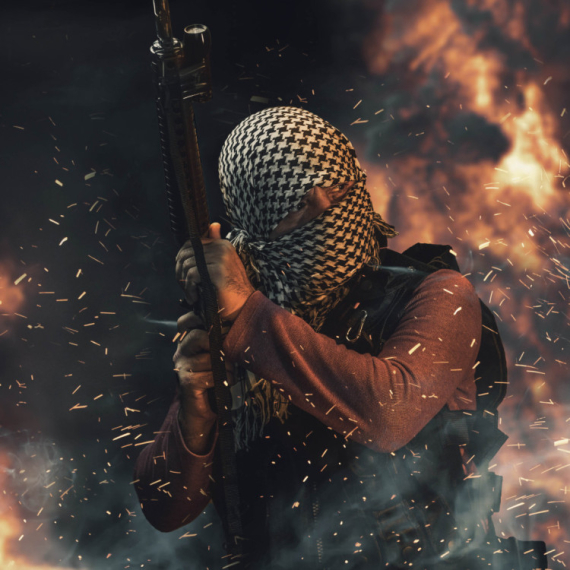
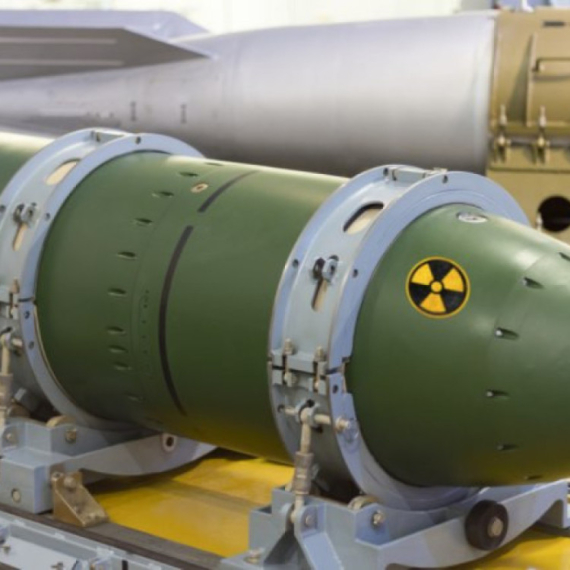
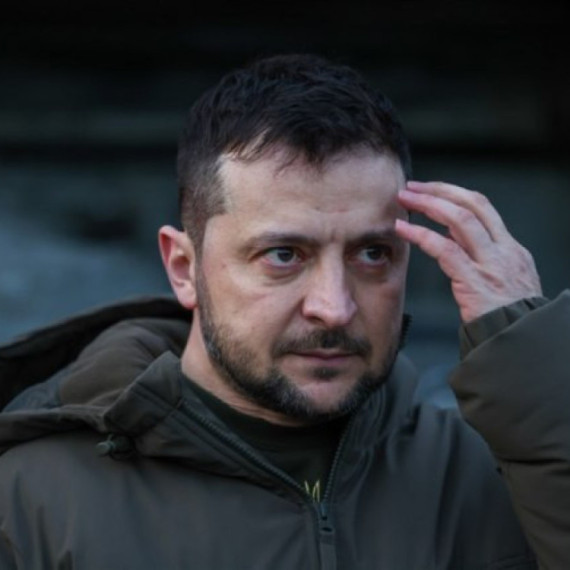










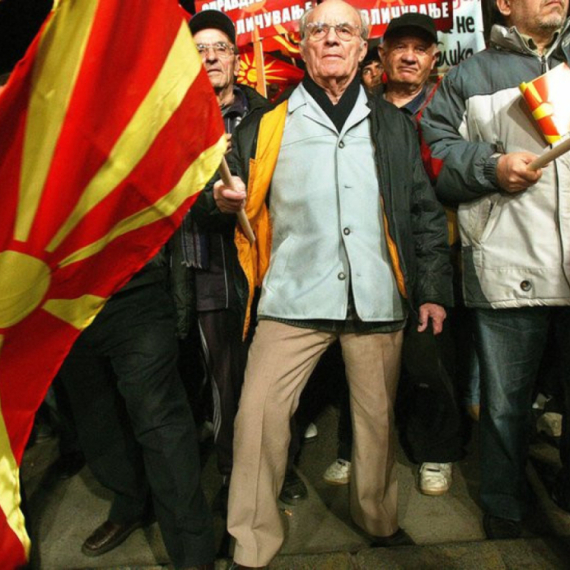
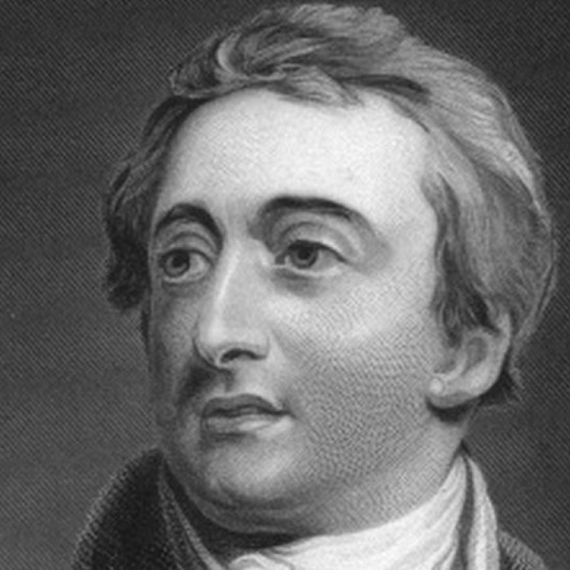

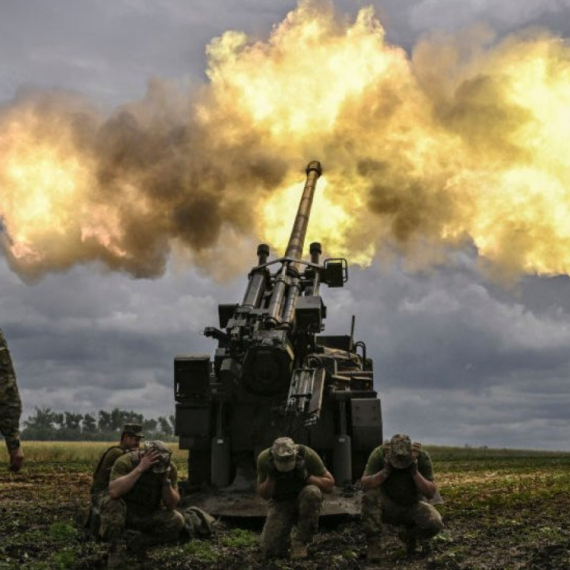

Komentari 2
Pogledaj komentare